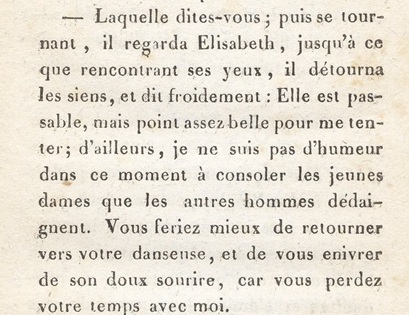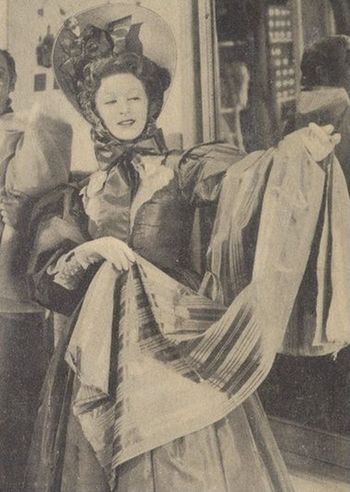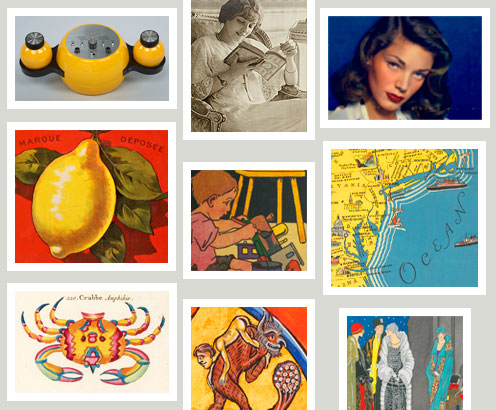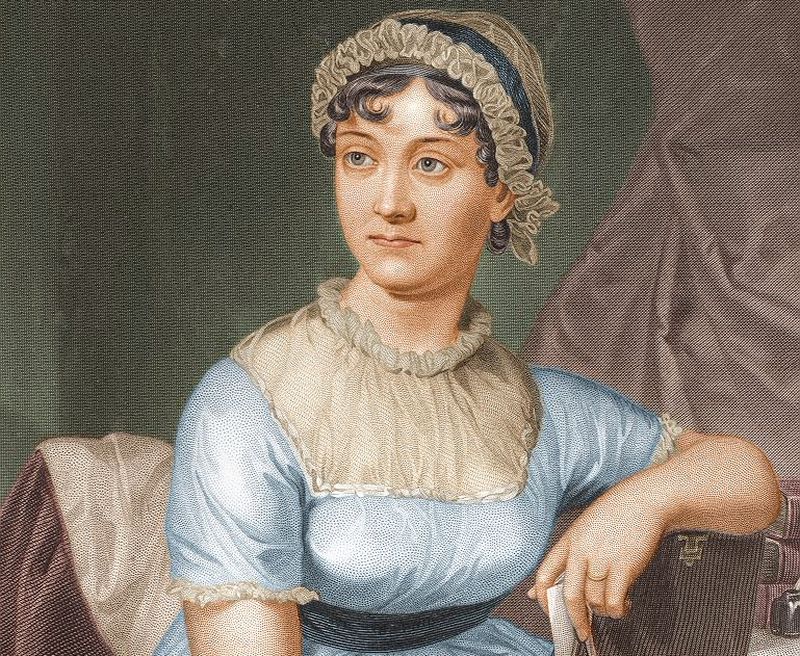Jane Austen and the exultation of feelings
Truly worshipped across the Channel, Jane Austen (1775-1817) invented romantic comedy before its time, and her work continues to generate numerous adaptations in the form of manga, films and TV series today.
Born in 1775 in Hampshire, Jane Austen started writing when she was in her teens. She would perform sketches for her family, which was conducive to a rich literary life. After having tried epistolary novels, she anonymously published Sense and Sensibility, followed by Pride and Prejudice. Other novels followed and met great success amongst the readership, enthralled by her sense of comedy and the novelty of this type of novel, which depicts everyday life and human relations in English society at the beginning of the 19th Century. Her intense and passionate heroines are also very popular, be it Marianne Dashwood who falls in love with the handsome Willoughby in Sense and Sensibility, or the smart Elizabeth, who opposes the contempt of Mr Darcy, master of Pemberly in Pride and Prejudice. The funniest character in the latter novel being Mr Collins, a cousin of the family due to inherit their mansion: nothing is beneath him if it can help elevate his social status. The twists in the plot keep the readers hooked. Thus, Elizabeth’s bright mind will outwit Mr Darcy’s disdain during a ball:

Jane Austen, Orgueuil et préjugé. Paris : J.-J. Paschoud, 1822. p. 21
But beyond these sentimental adventures, the novels also have an educational tone, with elder sisters being wise advisers and keeping an eye on the love lives of their younger sisters, often influenced by the reading of gothic novels which give an idealised image of handsome heroes. Jane Austen will go as far as to parody the genre in Northanger Abbey, with young heroine Catherine Morland, who dreams up improbable adventures in unusual places during her stay at Northanger Abbey, comparing everything she sees to things she has read:

Jane Austen, L'abbaye de Northanger. Paris : Pigoreau, 1824. p. 47
Of a more experimental kind, Mansfield Park or the three cousins (1814) presents a more elusive heroine: Fanny Price, a poor young relative taken in by the family, bestows a critical gaze upon a very patriarchal society. Progressively, Jane Austen’s novels become more realistic, such as in Emma (1815), which is considered to be the most accomplished of her works. The quest for the ideal spouse is detailed with sharp humour, as in Persuasion (1817). Both readers and literary critics alike savour the staging of feelings and the minute analysis of gestures, remarks and misunderstandings, as can be seen in this account published in 1901:
Jane Austen published her works anonymously for a long time and she kept her personal life private. She kept writing until she died at the age of 41, in 1817. In the end, there is no doubt that today’s readers are attracted to the romantic adventures of the characters as much as the just depiction of the feelings between them. Many cinematographic adaptations, such as Robert Leonard’s film in 1945, enable a complete immersion in this universe where young ladies make their entrance into society at the age of 15, dreaming of beautiful weddings, looking to free themselves from their family nests or to follow their feelings.

Ann Rutherford dans Orgueil et préjugés, film de Robert Z. Leonard, 1945
Further reading :
The Jane Austen Centre
Jane Austen’s manuscripts commented by Kathryn Sutherland at the British Library
And read the previous blog posts in the series « English Women Writers »





Ajouter un commentaire